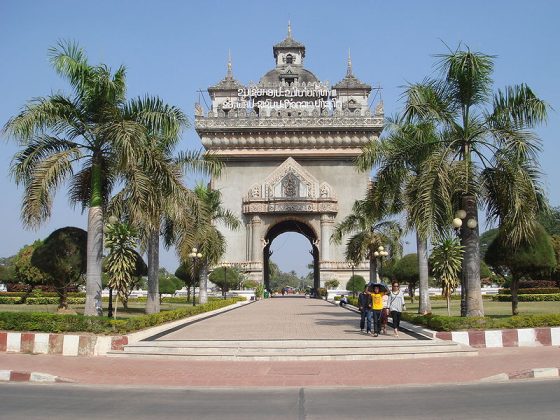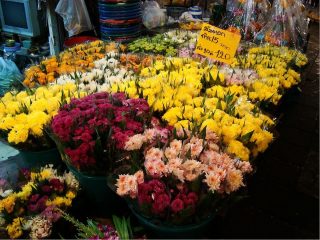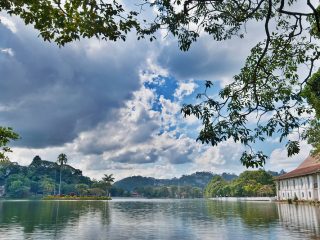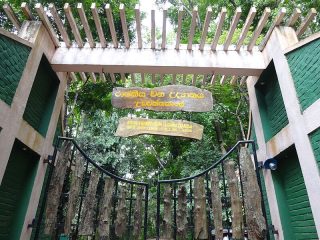Beyond the well-trodden paths, these enchanting destinations offer a captivating glimpse into the country’s rich cultural tapestry, natural wonders, and local traditions. Venture off the beaten track to discover the surreal beauty of the Zhangye Danxia Landform, a kaleidoscope of technicolour mountains, or immerse yourself in the tranquillity of the ancient village of Xitang, where timeless waterways and preserved architecture transport you to a bygone era. From the mystique of the Yuanyang Rice Terraces to the historical charm of Pingyao’s ancient city walls, China’s lesser-known attractions promise an authentic and unforgettable journey.
Xitang
Originally established as a port along the Grand Canal, a 1,800-kilometer network of artificial waterways, Xitang has evolved into a tourist destination situated about 60 kilometres southwest of Shanghai. Predominantly frequented by locals, it now functions as an open-air museum, offering a glimpse into the architectural and cultural heritage of the towns surrounding Shanghai.
Prince Gong’s Mansion
Prince Gong’s Mansion, a sprawling 32,000-square-meter estate constructed in the 1770s for a Qing Dynasty minister and later inhabited by Prince Gong in 1851, is inconspicuously nestled in the downtown area from a tourism perspective. The mansion, organized around 12 courtyards, invites visitors to explore its lavishly adorned rooms featuring intricate woodwork.
Tianjin
Situated just 35 minutes away from Beijing thanks to China’s efficient high-speed rail network, Tianjin unveils itself as a remarkably organized and modern metropolis upon exiting the Tianjin Railway Station. Notably, a short distance to the west reveals a collection of charming European neighbourhoods, established in the mid-1800s by countries such as Italy, Hungary, Austria, and Belgium. It’s also in this area that you can find a great Tianjin serviced apartment, such as the likes of the Somerset International Building Tianjin.
The Imperial City
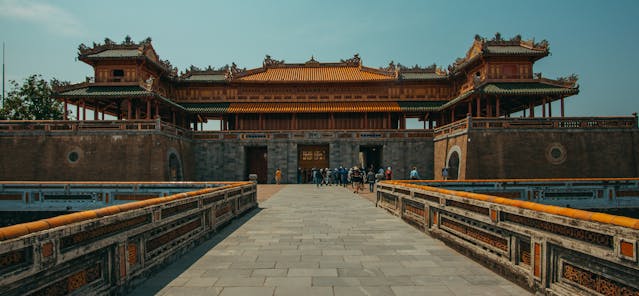
Approximately 900 years ago, the world’s largest city thrived within the capital of China’s Song Dynasty, known as Kaifeng. At that time, this bustling metropolis, housing nearly one million inhabitants, was safeguarded by three concentric rings of towering walls. Despite its distance from well-trodden tourist routes, those who venture to Kaifeng will discover meticulously reconstructed remnants of its Imperial past.



